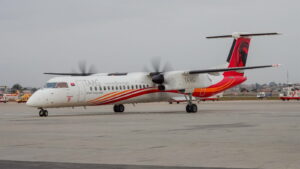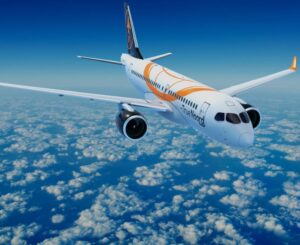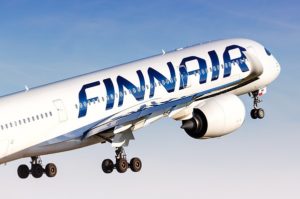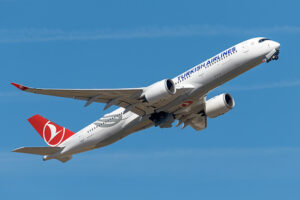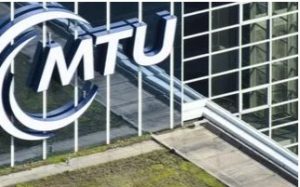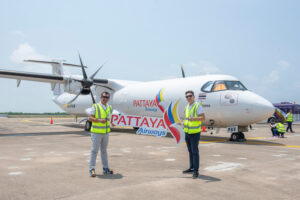Rolls-Royce Group’s underlying revenue from continuing operations for the first half year of 2021 was £5.2 billion, down 2%, which reflected a more balanced contribution from the business units compared with the same prior-year period. It included a positive £160 million Civil Aerospace LTSA revenue catch-up compared with a £(866) million negative revenue catch-up in the first half of 2020.
Group underlying operating profit from continuing operations of £307 million included significant cost savings from the restructuring program, primarily in Civil Aerospace, and favorable timing and mix of activity in Defense and Power Systems. The prior period comparative underlying loss of £(1.6) billion included £(1.2) billion of one-off charges mostly related to the impact of COVID-19 on Civil Aerospace.
In Civil Aerospace, Rolls-Royce’s first-half operational performance saw an overall improvement with a recovery in business aviation and domestic large-engine flying activity together with substantial cost benefits from its fundamental restructuring program, which is reducing the size of its cost base by around a third. Large engine LTSA flying hours were 43% of the 2019 level, up from the 34% in H2 2020; 92 large-engine major shop visits were completed, and 100 large engines were delivered. The Group has already seen a return to 2019 levels of flying activity for its business aviation engines and for large engines operated on domestic flying routes. However, international travel is recovering more gradually, hindered by global variation in vaccination rates and ongoing travel restrictions.
The Group’s liquidity position was strong with £7.5 billion of liquidity including £3.0 billion in cash at the end of the half year after repaying the 2021 €750 million loan notes and the £300 million Covid Corporate Financing Facility (CCFF) loan in the first half. Net debt (before leases) was £(3.1) billion at the period end. The Group signed an extension to the 2022 £1 billion unused loan facility to 2024, consequently it has no debt maturities before 2024 (excluding ITP Aero).
Free cash outflow of £(1.2) billion represented a significant improvement on the same prior-year period of £(2.9) billion, which included a £(1.1) billion negative impact from the cessation of invoice factoring. The £0.6 billion underlying improvement reflected good progress on cost reduction, stronger operating performance, and reduced capital expenditure. (£1.00 = US$1.39 at time of publication.)







